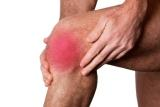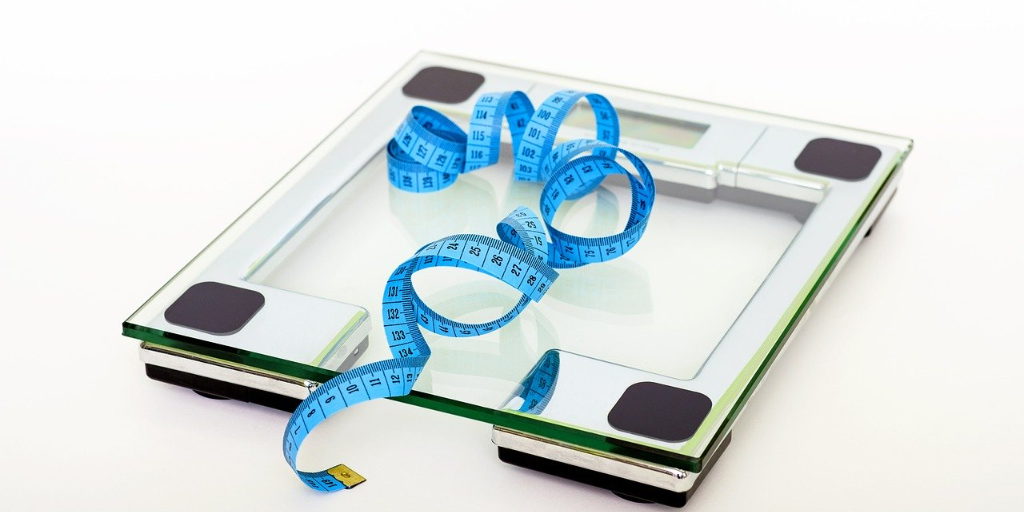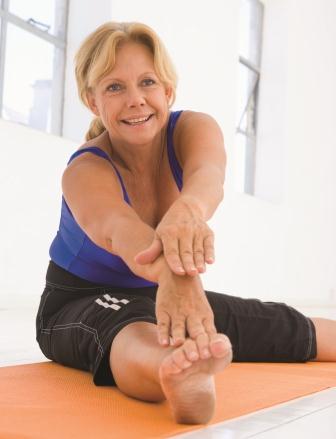Osteoarthritis of weight bearing joints such as the knees and hips can be quite painful and the temptation is to avoid movement in the hope that this will alleviate the pain. In actual fact, the opposite is true and the gold standard of treatment recommends keeping the joints moving to alleviate pain.
Some of the recommended non-medicated pain management strategies for OA include:
- Reduce weight
- Exercise
- Stress management and relaxation techniques, including breathing exercises
- Physical measures such as thermotherapy and strapping

Reduce weight

Weight loss is one of the most important things you can do to improve knee pain management and you are already a good way towards accomplishing this by taking part in this Healthy Weight For Life Program. The force on your knees when you are upright is equivalent to approximately four to six times your actual body weight. In practical terms then for each 5 kilograms extra in bodyweight that you are carrying, you're asking your knees to hold up an extra 20 to 30 kilograms of force at each step. Conversely each kilo you lose translates to up to 6 kgs less force on the joints and therefore less pain.
Exercise

Exercise is a crucial component of osteoarthritis treatment. The muscles surrounding the knee become weak when they are not used. Regular exercise strengthens the muscles that support these joints and increases lubrication in the joints so they move more freely.
Osteoarthritis benefits from three different types of exercise so it is important to try to do a little bit of each every day if you can:
- Stretching exercises - to increase muscle flexibility , range of motion & help maintain normal joint movement
- Strengthening exercises - to help keep bone and cartilage strong and healthy in order to support the joints.
- Low-impact aerobic activity - to tone your muscles, help maintain weight to reduce pressure on joints and improve endurance and cardiovascular fitness.
Be sure to start out slowly and very gradually increase the duration, frequency and intensity of any new activity to prevent further injury.
Aquatic exercises (movement in water) provide the same general health benefits as activities performed on land however the buoyancy that water provides helps to reduce the amount of stress on the joints and so can be better for those with severe joint pain.
You can also view the video presentations of level 1,2 or 3 strengthening exercises available in the member’s education resource section of the OA program website.
Stress Management and Relaxation Techniques

Many of us are unaware that stress can actually intensify our perception of pain. During times of distress, our muscles tend to become tense and this can exacerbate joint pain. The following techniques may help you control your stress and therefore help ease some of the pain.
Breathing exercises
- Breathe in slowly and deeply
- Begin to breathe out slowly imagining the tension leaving your body with the breath
- Now, breathe in and out slowly and evenly, at a rate that is comfortable for you
- Imagine yourself in a calm and relaxing place
- Continue this exercise for up to 20 minutes
Other relaxation techniques which have been proven to be effective at alleviating pain when performed correctly are:
- meditation
- visualisation
- massage
- yoga and Tai Chi
Physical Measures for Pain Relief

Thermotherapy (Heat / Cold)
The sensation of something hot or something cold on or around the painful joint can help to distract the nerves from the sensation of pain. Cold packs in particular can help reduce swelling and redness in an inflamed joint. Hot packs may promote relaxation of the muscles surrounding the joint, but equally may exascerbate inflammation so should be used with caution. Never put a hot or cold pack directly on the skin – always place a thin cloth between the skin and the pack – and only leave on for a maximum of 20 minutes at a time. Special care with hot and cold therapies is recommended for those with peripheral vascular disease, diabetes and cardiovascular disease.
Strapping the knee
This may assist for short periods of time when doing activities that may aggravate knee pain, like walking or sports. The main side effect reported with this therapy is skin irritations or allergies attributed to the adhesive used in strapping tapes. This can be avoided by using a hypoallergenic under-strapping product eg fixomull. Sports braces or bandages may provide additional reinforcement for weakened muscles and ligaments around the joint however there is very little clinical evidence to recommend this as a treatment for OA.
TENS machines
There has been some evidence to suggest the use of Transcutaneous Electrical Nerve Stimulation (TENS) on the surrounding muscles demonstrated a significant benefit in pain relief where osteoarthritis of the knee is concerned. TENS machines work by sending out electrical pulses that cause a pins and needles sensation that can disrupt pain messages and there is also some evidence that the electrical stimulus causes the release of endorphins, the body's natural pain killers. The benefits of this therapy are that it is non-invasive and has no known side effects.
- NOTE: These machines are highly specialised and should only be used under the direction of a doctor or physiotherapist.
Acupuncture
There is some evidence that Acupuncture may provide relief to sufferers of OA of the knee. Pain relief is believed to be attributed to the stimulation of natural pain relieving chemicals, by the insertion of sterilised needles into acupuncture points by expert trained practitioners. Very few serious side effects have been reported with this therapy PROVIDED it is carried out by fully qualified healthcare professionals who have been fully trained in the technique.
